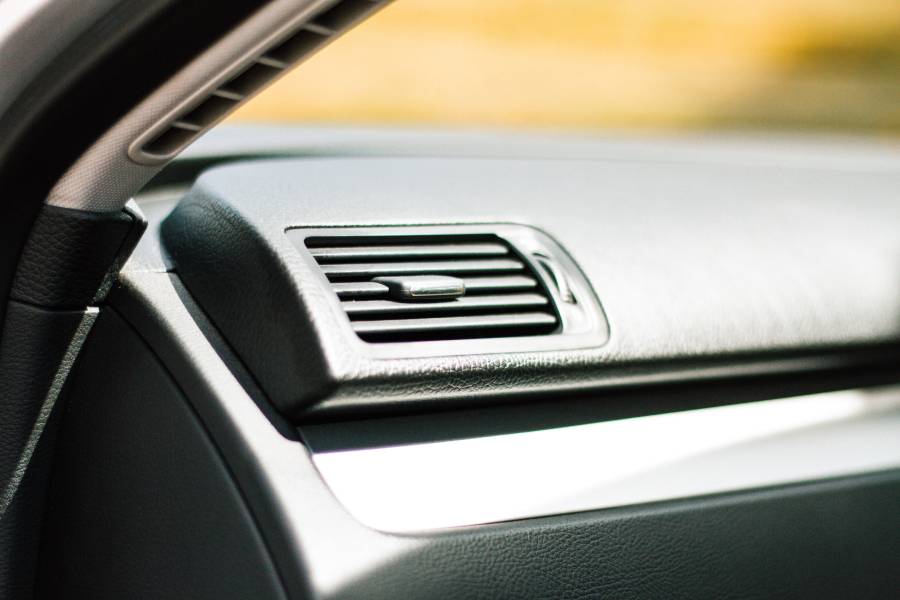
Your car’s A/C system is crucial to keeping you cool in the scorching heat of summer. It does this by removing about 90% of the heat from your cabin and exhausting it outside the car. In order to do this, the system must condition both hot and cold air. But how does it work? Let’s break down an A/C system into its major parts:
Compressor
Your A/C system’s compressor is the heart of your system. This little device is connected to your car’s alternator, which generates electricity and sends it to the compressor. Inside the AC compressor is a large fan, which forces air into and out of the drier. It also contains a pneumatic valve clutch assembly that controls flow and pressure. The clutch assembly has two parts: an inner spring that keeps tension on the valve and a cast aluminum ring that acts as an accumulator for pressure. The pneumatic valve contains an electrical switch that allows it to open when air reaches specific tensions in the AC system or closes when there isn’t enough pressure or too much heat buildup.
Condenser
Your car’s condenser is connected to the radiator and helps to cool the refrigerant before it travels through the drier. The condenser also contains a water pump that circulates water from the radiator through channels. These channels are thin fins that transfer heat from the air outside your car.
Drier
The drier is what you know as your A/C’s air filter. It’s designed to absorb moisture in the system and prevent it from leaking out of your AC lines in low-pressure areas and dripping onto your headliner or carpeting below. There are two different types of driers: paper and synthetic. Paper driers are cheap but can cause mold growth if they aren’t changed often enough. Artificial driers are more expensive, but they don’t require changes. They’re also easier to clean because the toxic buildup is contained in just one filter.
Thermal Expansion Valve
The thermal expansion valve (TEV) controls the pressure and flow of the refrigerant through your car’s A/C system. The TEV regulates the temperature of the air flowing into your cabin by trapping a small amount of refrigerant or vapor, which boils off as it travels through the system to pressurize it. This pressure changes air from outside into cool air for your AC dashboard vents or cold air for your floor vents.
Evaporator
The evaporator is another component of the air conditioning system. It’s connected to the condenser and relies on a thin liquid layer containing liquefied gas. The refrigerant turns this thin layer of liquid into vapor, providing the pressure to force cool or cold air into your car’s vents.
Wrapping Up
In conclusion, A/C is a vital part of your car’s operation. It cools your interior, making it much more comfortable to drive in the summer. However, A/C systems are complex and require regular maintenance to work effectively. This breakdown of the system will be helpful to you, as you know what to look for and how to point your mechanic in the right direction if you need A/C repair.






